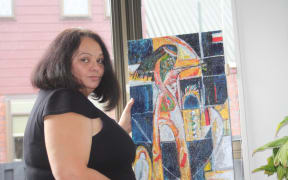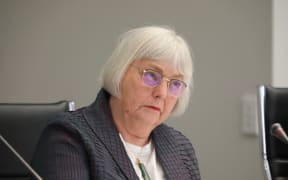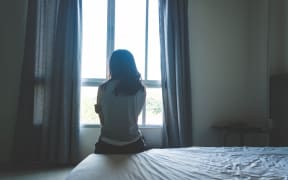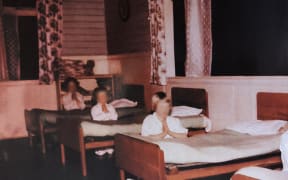By David Cohen*.
Analysis - The Abuse in Care Royal Commission could probably do with a bit of loving care itself ahead of its next round of public hearings.
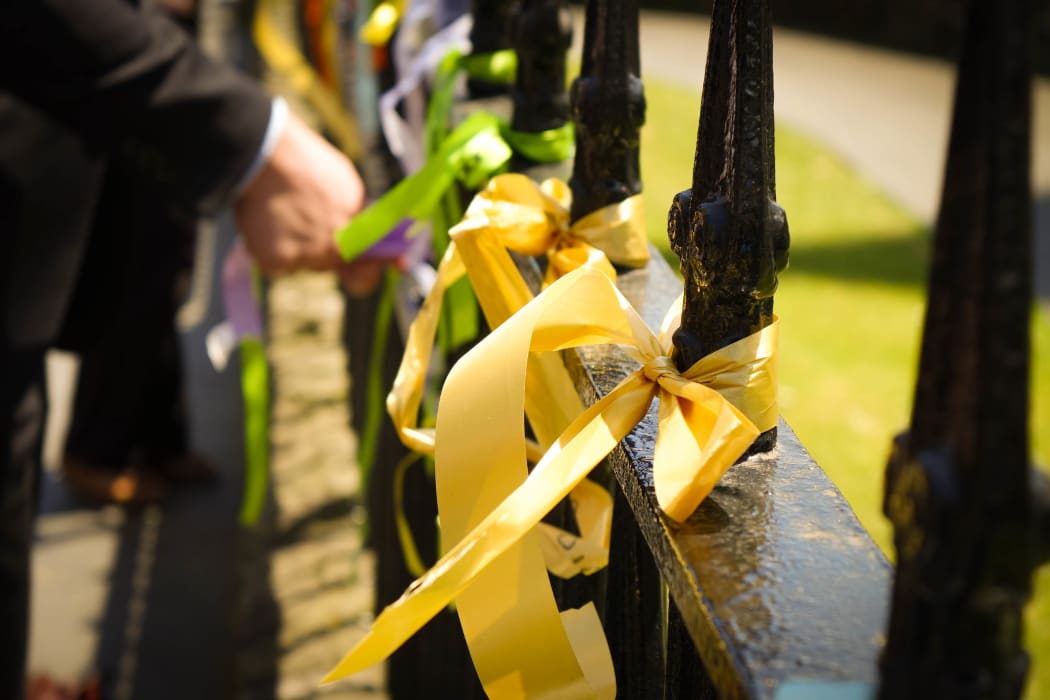
Ribbons tied to the fence at the St Patrick and St Joseph Cathedral in Auckland at the end of the first Abuse in Care Royal Commission hearings. Photo: RNZ / Patrice Allen
This should have been a heroic first year for the $80 million inquiry. It wasn't, unfortunately, and there were rather a few too many occasions when it seemed as if - adapting the words of the 18th century English essayist Horace Walpole - everything has been at sea except the fleet.
While striving to get their heads around an admittedly sprawling subject, the commissioners have also had to deal with defections, bickering behind closed doors over terms of reference, allegations of poor management and the surprise resignation of their chair, Sir Anand Satyanand.
In the latest, a couple of members of a survivor advisory group have quit over the handling of particular concerns by the incoming chair, Judge Coral Shaw.
This was supposed to be a royal commission, not a royal mess.
National Party leader Simon Bridges says that confidence in the commission has been "badly broken", which may or may not be true, but the actual problems are of a different order to the recent run of lousy headlines.
What ought to be keeping the five-member team awake at night are the nuts and bolts, the seemingly little details, assumptions and definitions.
They are currently reviewing the evidence presented at the recent two-week-long contextual hearing, which was the first of a series of tri-monthly public hearings that resume early next year with another public session looking at the vexatious question of "redress".
Ironing out exactly what was said at the first public session will be challenging. The contextual hearing didn't always provide a lot of context. While much of the testimony was compellingly visceral and informative, some of it seemed a little aimless and lacking in much-needed specifics.
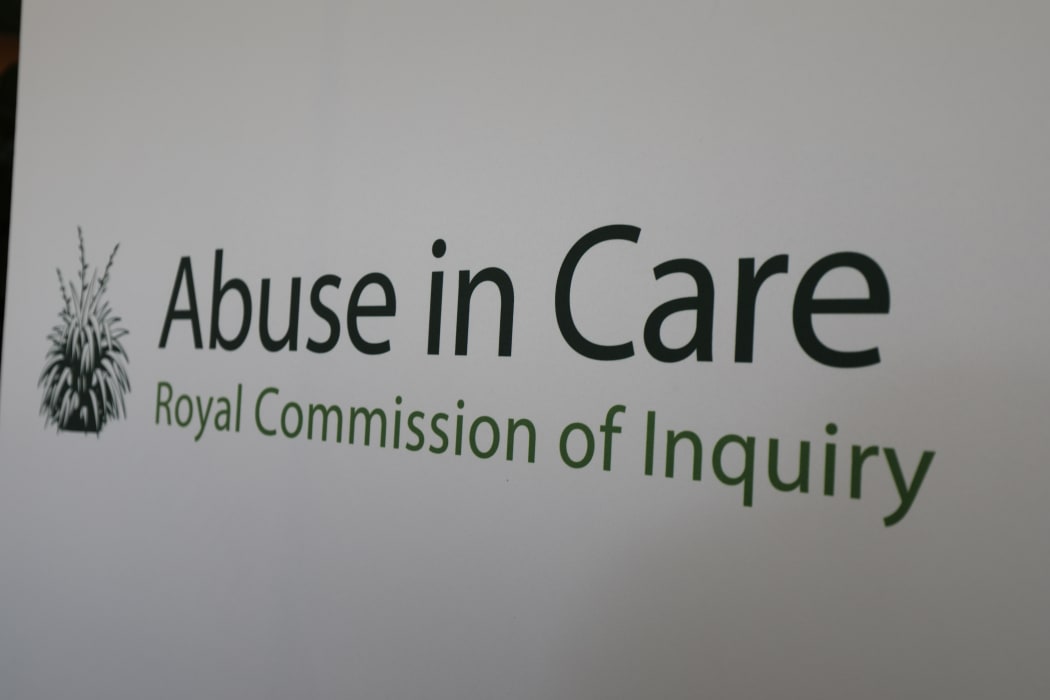
Nobody said the Royal Commission would be easy, David Cohen writes. Photo: RNZ / Patrice Allen
Did anyone following the discussion come away any the wiser on, for instance, the actual number of kids who were in these state-run institutions?
The figure of 120,000 often got slung around, but who can trust round figures? This one is obviously misleading because most of children and young people during the period were admitted multiple times to many institutions with a new clip on the ticket each time.
So the real number of "unique visitors" must be significantly lower. But how much lower? Nobody seems to know.
The commission has also issued its own dubious ethnic information, as it did in an early media release summarising remarks made by ex ward Arthur Taylor about how the old system housed "thousands of children, the vast majority Māori and Pasifika". That's flat-out incorrect, too: as far as can be told, the "vast majority" of children and young people affected were in fact Māori or Pākehā.
The "Pasifika" label is too clumpy for these purposes anyway, because the group it denotes is hugely diverse in terms of language and culture with different migration histories, settlement patterns and community organisation.
Even if their youngsters showed up at one or other of the 26 state-run institutions now under scrutiny, it would be next to impossible to be precise about it because no record was ever kept of specific heritages: a Fijian boy who might have been driven down the winding road off the highway to Hokio Beach School would have had his ethnicity entered as "white", which itself is probably a story - but not the one being spun out here.
The redress hearing will be intriguing on several fronts, not least if it grapples with the nettlesome question of what constitutes an acceptable standard of proof for claimants seeking financial compensation from either the government or religious organisations.
Part of the challenge here will also be defining the concept of abuse, which until now has largely been confined to sexual wrongdoing. But there are other ways of looking at it.
Educational abuse, for example, will certainly warrant examination as stories emerge of wards who were academically neglected during their stays.
Psychological abuse is another, in particular the kind associated with the "secure" units that operated in at least 14 of state-run youth facilities, which ranged in size from two to 19 cells, totalling 98 overall.
Newcomers were typically held in these cells for a few days, but in some cases for up to a month, particularly at the "long-term training" institutions such as Kohitere, where boys were kept in cells - out in the middle of the bumpy field, replete with bars, concrete walls, plastic eating utensils and all the rest - for an average of 11.7 days.
Girls at institutions such as Kingslea tended to remain in solitary confinement for longer, in one documented case for nearly 10 weeks.
Much of the conversation about abuse to date has rightly highlighted the Māori dimension to the issue. But it's also the economy, stupid: children and young people of any ethnic hue from materially better-off families usually never got caught up in the system. So there's the question of equity bubbling under the surface here. That's particularly important in a country such as New Zealand which has relatively little economic mobility to begin with and virtually none at all in the case of these former wards.
One of the tangible accomplishments of the inquiry to date has been an agreement with the police for alleged incidents of abuse to be investigated wherever possible.
Overseas, such referrals have led to important arrests. As well as natural justice, though, these investigations are important for credibility's sake. The breathtaking number of allegations - many hundreds in the case of some institutions - creates an imperative to both exonerate those staff members who committed no crimes and weed out any opportunistic claims that may be nestled amid the many genuine horror stories.
In this, then, and much else, it could be argued that the Abuse in Care Royal Commission has barely started.
On the other hand, of course, the fact that New Zealand is even having such a discussion has to be considered a small triumph. Only 20 years ago it was a taboo subject. And 20 years before that the nation was in the thick of what it is only now - slowly, fitfully, gingerly - finally excavating.
Nobody said it would be easy.
* David Cohen is a Wellington journalist and the author of Little Criminals: The Story of a New Zealand Boys' Home. He is supplying regular analyses on the royal commission for RNZ.
